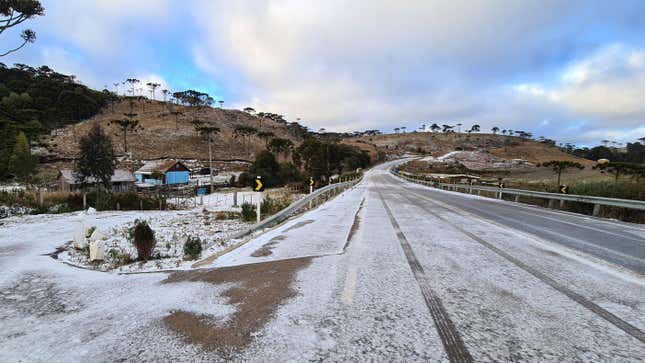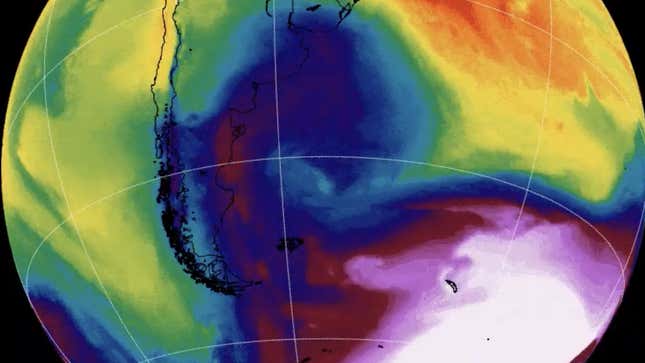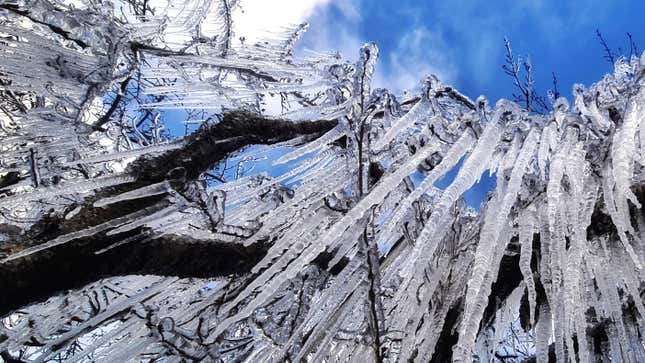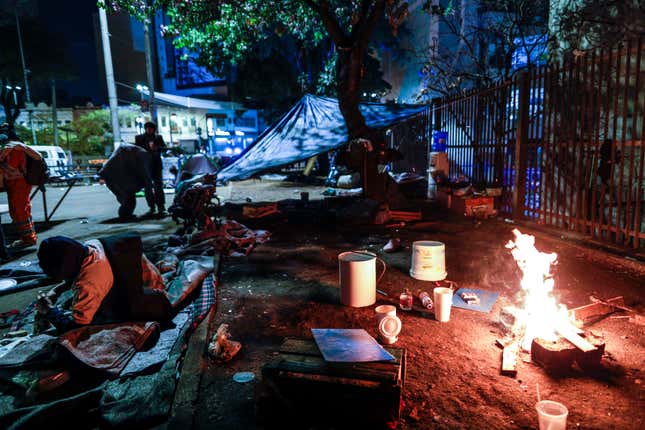
Snow has fallen in Brazil, an extremely rare event for the tropical country. Thanks to an intense cold snap, snow or freezing rain fell in at least 43 Brazilian cities on Wednesday and Thursday, according to weather service Climatempo.
South America has been buffeted in cold air ushered north from the Antarctic this week, resulting in some decided strange scenes across the continent. But none are more bizarre than those taking place in Brazil, parts of which haven’ seen snow in decades.
“I am 62 years old and had never seen the snow, you know? To see nature’s beauty is something indescribable,” a truck driver in Cambara do Sul, a municipality of Rio Grande do Sul state, told TV Globo network.
But while it’s certainly novel, the snow and attendant cold snap also had some serious consequences.




